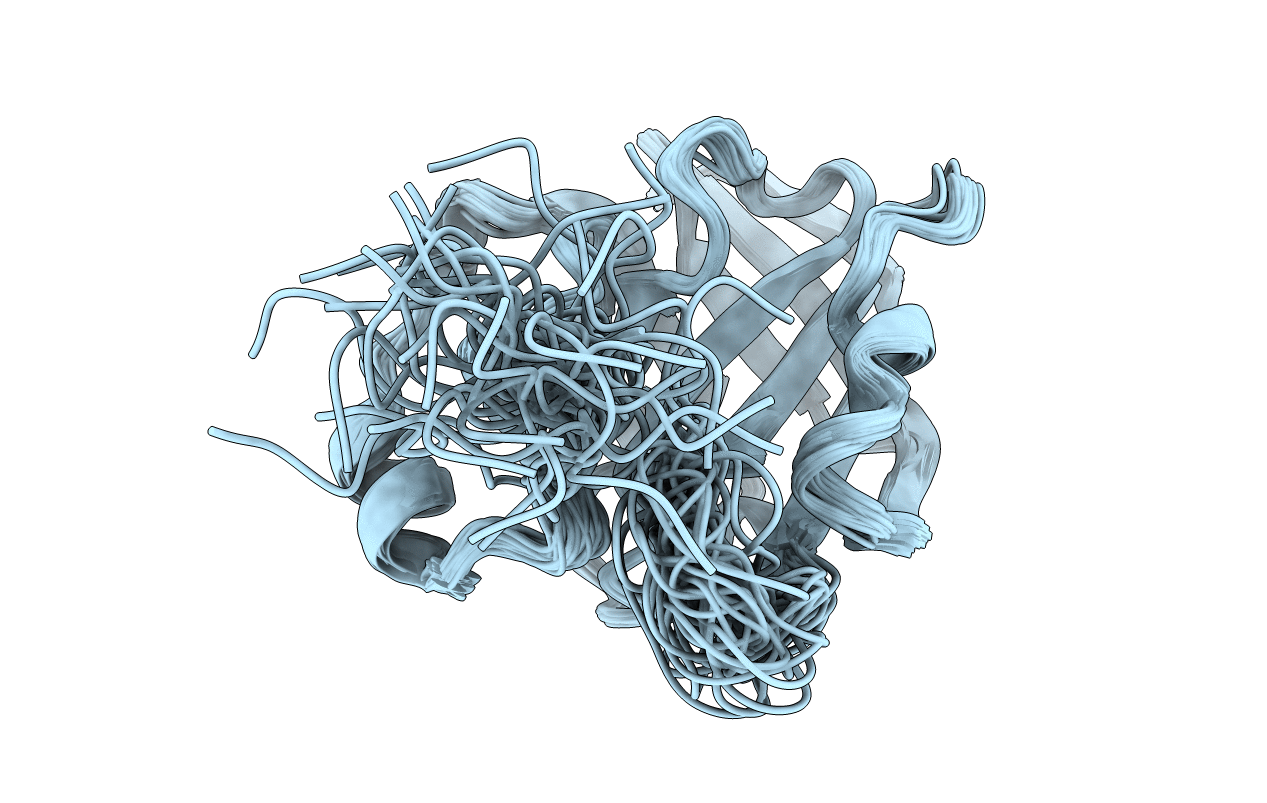
Deposition Date
2010-03-31
Release Date
2010-05-26
Last Version Date
2024-05-01
Entry Detail
PDB ID:
2KW8
Keywords:
Title:
Solution Structure of Bacillus anthracis Sortase A (SrtA) Transpeptidase
Biological Source:
Source Organism:
Bacillus anthracis (Taxon ID: 1392)
Host Organism:
Method Details:
Experimental Method:
Conformers Calculated:
100
Conformers Submitted:
40
Selection Criteria:
structures with the least restraint violations


